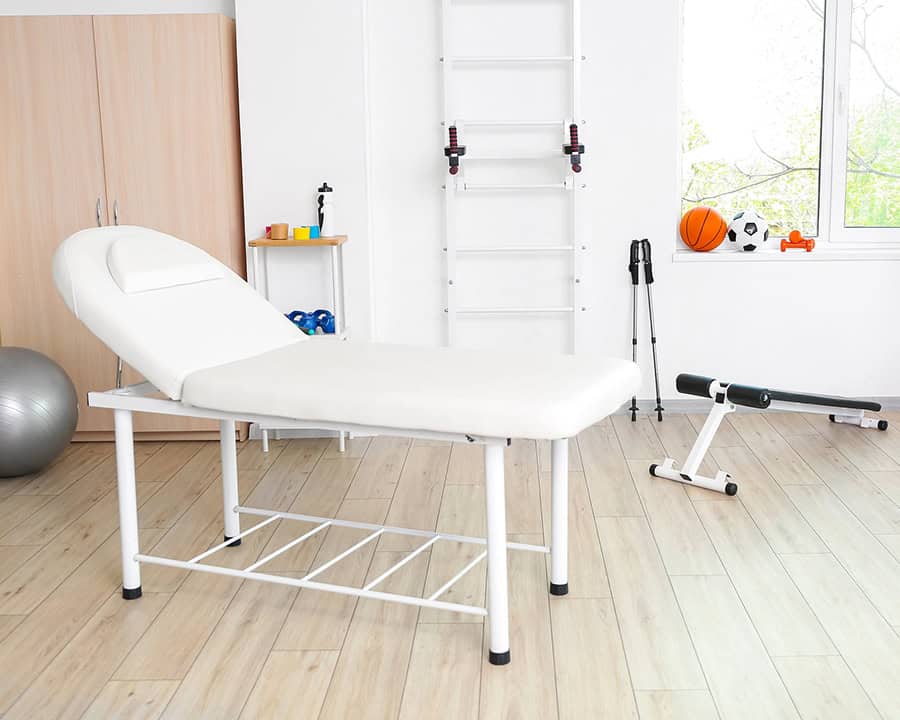Exercise for chronic pain is probably something you have never considered before. Especially since you are probably already in pain and the thought of exercise might even make it worse. Chronic pain can significantly impact daily life, making even simple tasks feel overwhelming.
While medication often plays a role in managing pain, exercise can be also powerful tool in managing chronic pain.
Why Consider Exercise for Chronic Pain
A key mechanism by which exercise alleviates chronic pain involves the release of endorphins, the body’s natural painkillers. Endorphin production increases during physical activity, leading to a sense of well-being and reduced pain perception. Studies have shown that exercise can elevate endorphin levels in individuals with chronic pain conditions, such as fibromyalgia and arthritis, providing significant pain relief.
Regular exercise is essential for strengthening muscles and improving joint stability
Stronger muscles provide better support for joints, reducing strain and pressure that can contribute to pain. Increased flexibility improves range of motion and reduces stiffness, making daily activities easier and less painful.
Finally, exercise can significantly improve sleep quality. When we engage in regular physical activity, our bodies are better prepared for rest. Improved sleep leads to increased energy levels and improved pain tolerance. For some individuals, weight management can also play a crucial role in pain reduction. By maintaining a healthy weight, individuals can reduce stress on joints and improve overall physical function, leading to a significant decrease in pain levels.
Gentle Movement Options for Outdoors
- Walking
- Swimming
- Cycling
- Water aerobics
- Tai Chi
- Yoga
Strength Training Options Available at Our Gym
- Gentle weightlifting
- Resistance band exercises
- Bodyweight exercises (like squats and push-ups)
 Exercising for Chronic Pain – Helpful Tips
Exercising for Chronic Pain – Helpful Tips
Starting any new exercise program, especially when dealing with chronic pain, requires a gradual and personalized approach. It’s crucial to begin with short sessions and gradually increase the duration and intensity of your workouts. This allows your body to adapt and minimizes the risk of overexertion and potential injury.
Throughout your exercise journey, it’s essential to listen to your body. Pay close attention to any signs of increased pain or discomfort. If you experience any significant pain, stop the activity immediately and rest. Pushing yourself too hard can worsen your condition and hinder progress.
To ensure long-term adherence to your exercise plan, it’s crucial to choose activities that you genuinely enjoy. Finding activities that you look forward to makes exercise more sustainable and enjoyable. Whether it’s dancing, swimming, or hiking, incorporating activities that bring you pleasure will increase your motivation and make it easier to stay consistent.
Working with a qualified healthcare professional, like our Bellefleur physiotherapists, can significantly enhance your exercise experience and improve outcomes. A physiotherapist can assess your individual needs and create a personalized exercise plan tailored to your specific pain conditions and limitations. They can also provide guidance on proper form and technique, minimizing the risk of injury and maximizing the benefits of your workouts.
Remember that consistency is key when it comes to managing chronic pain through exercise. Even short, regular sessions can have a significant impact on pain management and overall well-being. Celebrate your progress and don’t get discouraged by setbacks.







